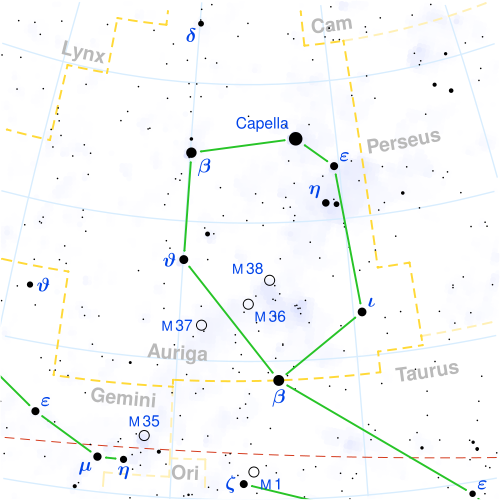Calling all Earthlings!
Take a few minutes to get involved in the GLOBE at Night campaign to preserve dark skies!
GLOBE at Night is a citizen-science campaign open to people all over the world to raise awareness of the impact of light pollution by inviting citizen-scientists to measure their night sky brightness and report their observations to a website from a computer or smart phone. Light pollution threatens not only our “right to starlight”, but can affect energy consumption, wildlife and health. Through 2011, people in 115 countries contributed 66,000 measurements, making GLOBE at Night one of the most successful light pollution awareness campaigns to date.
Please join us to participate in the 2012 campaign an hour after sunset til about 10pm January 14 through 23, February 12 through 21, March 13 through 22, and April 11 through 20.
For information and resources, visit us at www.globeatnight.org.
*~*~*~*~*~*~*~*~*~*~*~*~*~*
Constance E. Walker, Ph.D.
director, GLOBE at Night campaign (www.globeatnight.org)
Take a few minutes to get involved in the GLOBE at Night campaign to preserve dark skies!
GLOBE at Night is a citizen-science campaign open to people all over the world to raise awareness of the impact of light pollution by inviting citizen-scientists to measure their night sky brightness and report their observations to a website from a computer or smart phone. Light pollution threatens not only our “right to starlight”, but can affect energy consumption, wildlife and health. Through 2011, people in 115 countries contributed 66,000 measurements, making GLOBE at Night one of the most successful light pollution awareness campaigns to date.
Please join us to participate in the 2012 campaign an hour after sunset til about 10pm January 14 through 23, February 12 through 21, March 13 through 22, and April 11 through 20.
For information and resources, visit us at www.globeatnight.org.
*~*~*~*~*~*~*~*~*~*~*~*~*~*
Constance E. Walker, Ph.D.
director, GLOBE at Night campaign (www.globeatnight.org)

